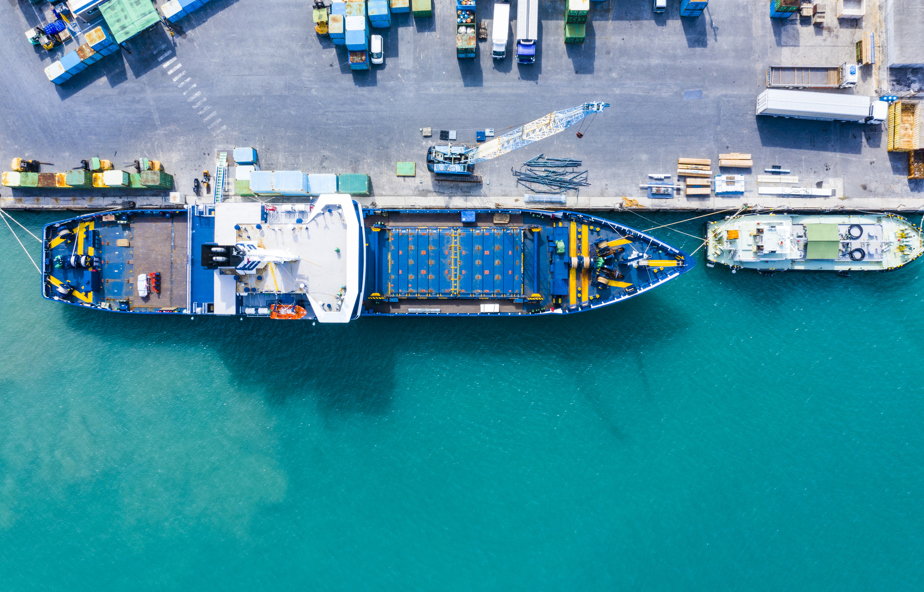Smaller Aircraft will often not have the range for extended delivery flights so it may become necessary to ship them as Cargo.
Aircraft shipped as cargo will usually be transported in one of two states – whole or in a partial or completely knocked down condition (CKD).
Aircraft and aerial vehicles can be made up of many shapes, types, and sizes – helicopters, gliders, recreational, and agricultural or commercial aircraft are all examples of types which can be shipped as cargo.
All of these, including some aviation parts and components, present relatively unique exposure profiles which need particular attention in order to ship them safely:
- Aircraft, their flight control surfaces and aero-foils, many aviation parts and components are highly susceptible to transit damage. When these components are combined with a requirement to maintain them in damage free state, fine tolerances and maintenance of regulatory certification, the need for proper and purpose designed packing and protection of the items in transit becomes a critical exercise.
- Many aircraft parts and components have regulated time life (overhaul life) and a deduction provision should be applied for any expired life proportion.
- Aircraft values (whole or CKD) can vary widely and care should be taken to ensure the transit risk sum insured is appropriate and can be substantiated (sale/purchase invoice).
- Parts availability or supply for old, rare, or vintage aircraft can be problematic.
Preparation and packing
Shipment methods will usually be by full container load (FCL) or transport aircraft roll-on/roll-off (ro/ro).
FCL
Shipping containers can accommodate many types of aircraft either whole or in knocked down condition. Examples of these might be:
- A whole helicopter with folded rotors.
- A knocked down recreation or agricultural aircraft with wings, undercarriage and propeller removed.
Ro/Ro
These shipments will often involve whole or partially knocked down aircraft placed on skids and loaded on to aircraft. Packing and protection from transit damage will be minimal.
Because of the need to disassemble and reassemble aircraft or components for transportation, a specialist aircraft transport/logistics company will need to be engaged at departure and arrival points. Purpose designed/ built packaging and/or jigs may be necessary to achieve adequate protection.
Careful and proper protection of rotors or other flying surfaces and particular focus on securing the load against movement in flight/transit is of paramount importance. What might seem to be insignificant damage can produce a sizeable loss because of the sensitive nature of certain components and the requirement for recalibration and/or re-certification.
How can I find out more?
Contact your local NTI Marine Specialist and State Development Specialist, or visit www.nti.com.au
